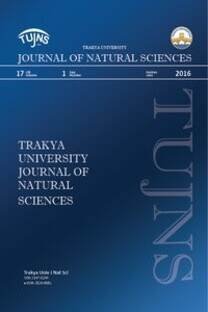SIVI NEDİR? MADDENİN DURUMLARARINI ANLAMA
Sıvılar evrende bulunan çok geniş menzildeki sıcaklık ve basınçların küçük bir parçası oranında ortaya çıkar. Yinede, sıvılar fizik, kimya, teknoloji ve onların yaşanıları için hayati derecede önemlidir. Van der Waalls'ın öncü çalışmalarından beri, tam olarak bir yüzyıldır sıvıların statik ve dinamik fiziko-kimyasal özelliklerinin temel olarak anlaşılmasını sağlamıştır. Gibbs ve Boltzman'ın temel formülasyonları, integral denklemleri, tedirgeme teorileri ve bilgisayar simülasyonları gibi istatistik fizik avantajları moleküllerarası kuvvetlerin bilinmesinde ve deneysel teknikler bunun tamamına katkıda bulunmuştur. Elli yıl önce sıvının birçok varlığı küçük bir sır gibi görünürdü. Bugün katı-sıvı-gaz faz diyagramının tahminleri oldukça tam ve kesin olarak yapılabilir. Yıne sıvıların mikroskobik ve makroskobik, statik ve dinamik özellikleri tam ve kesin olarak hesaplanabilir. Bu çalışma denge özelliklerini ayrıntılı vurgulamak için teorideki temel kavramları ele alarak ve en azından katıların fiziği bilgilerinizle karşılaştırmalar yapılmıştır. Bu çalışmada, teorik bilgiler ile birlikte sıvı Argon için hesaplanan yapısal fonksiyonlar, deneysel sonuçlar ile karşılaştırmalı olarak verilmiştir.
What is Liquid? Understanding the states of matter
Liquids exist in a relatively small part oftlıe enormous range of temperatures and presures existing in the universe. Nevertheless, they are of vital importance for physics and chernistry, for technolocgy and life itself. A century of effort since the pionereng work of van der Waals has led to a fairly complete basic understanding of the statik and dynamic physicochemical properties of liquids. Advances in statistical mechanics for instance the fundamental fomulations of Gibbs and Boltzman, integral equation and perturbation theories, computer simulations, in knowledge of intermolecular forces and in experimental techniques have all contributed to this. Fifty years ago the very existence of liquids seemed a little mysterious; today one can make fairly precise predictions of the solid-liquid-gas phase diagram and of the rnicroscobic and macroskobic static and dynamics of properties of liquids. This work is a survey, with particular emphasis on equilibrium properties, of the theory which underlines that basic understanding, which is now at least comparable with our understanding of the physics of solids. In the study the basic theoretical knowledge is presented together with the calculated structural properties for liquid Argon comparing by experimental results those obtained by others.
